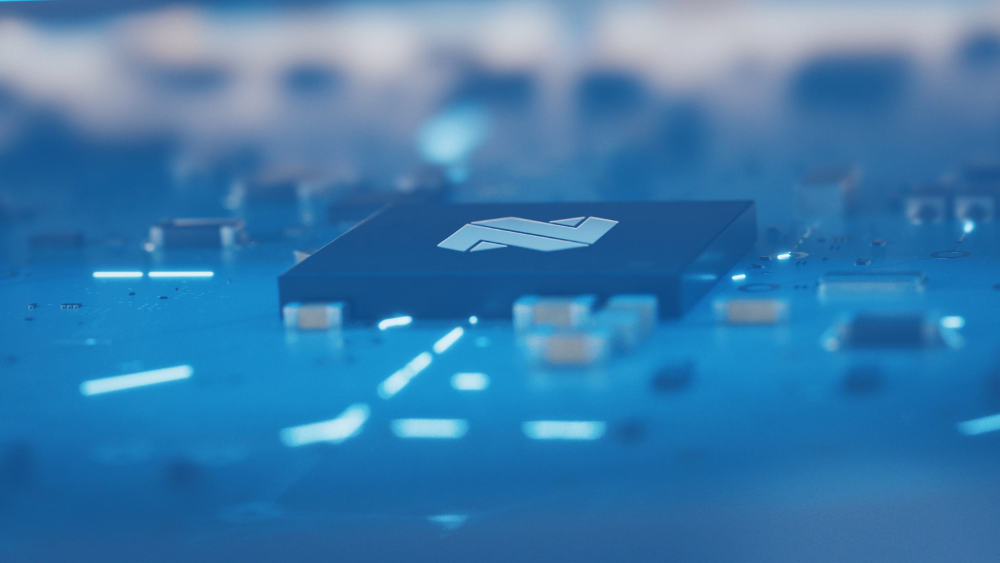Back to articles
Why Nordic is getting involved in RISC-V

Nordic recently announced that it is joining an industry consortium of semiconductor companies to drive the adoption of an open source chip architecture called RISC-V. Why?
RISC-V versus Arm
At first glance, Nordic announcing that it is putting its full technological and commercial weight behind the development and adoption of an open-source chip architecture might raise questions about how strong the company’s on-going relationship with Arm is.
After all, Arm provides a commercial chip architecture that is anything but open source, and has been used on Nordic's semiconductor wireless connectivity products since the 2012 launch of Nordic's nRF51 Series Systems-on-Chip (SoCs).
The nRF51 Series redefined the leading-edge of the Bluetooth LE market once and for all. And one of the biggest innovations was the inclusion of a powerful on-board Arm processor for the very first time on a Bluetooth chip. Nothing like it had ever been seen before in the Bluetooth LE market. In fact, the nRF51 Series literally sent Nordic's competitors scrambling back to the drawing board when it came to how to design a Bluetooth LE chip.
RISC-V will complement Arm
RISC-V was developed about 10 years ago at UC Berkeley in the U.S. and at first glance would seem to be competitive with Arm.
But I think this is way too narrow a view. I see RISC-V in a similar way to how I see the proliferation of wireless IoT connectivity standards: no one technology can be all things to (solve) all application problems. So does Bluetooth LE really compete with Thread or cellular IoT ? Of course not. Each is designed to do different things well, but not everything.
What RISC-V is in reality, therefore, is a complimentary alternative to Arm, and not a threat. And this is particularly true in power consumption-critical mobile and IoT applications where Arm has traditionally been dominant.
Optimizing for lowest power
At its heart, RISC-V is all about promoting innovation by giving users the ability to develop leading-edge, customized hardware based on an open-source chip architecture.
What RISC-V will do for Nordic's customers is give them the freedom and flexibility, in certain specific and highly specialized applications, to strip down the instruction set to ensure extreme levels of low power consumption.
To me, this is no different to how you can strip down a 2.4GHz proprietary wireless protocol to optimize for the ultra lowest power consumption in a way you simply could not match at such extremes with a standards-based protocol such as Bluetooth low energy.
Now RISC-V isn't of course proprietary. But just like a Nordic proprietary 2.4GHz protocol, if you are the developer behind it, you get far more control over every line of code to customize for the specific needs of your specific application.
Lowest power counts at the edge
So where might the ability to develop an ultra lowest power instruction set really come into its own?
To me it's at the edge in, for example, simpler embedded chips for sensors that require a small bit of processing power in order to deliver localized machine learning.
In such applications having an Arm core would be complete overkill. But that sensor may still need to communicate with and work alongside an Arm core-based Nordic device.
More options
What RISC-V will do is give our customers an extra option when seeking to minimize power consumption in certain applications where the (many) tradeoffs of not using an Arm-based core are acceptable.
RISC-V will also lower the barriers-to-entry and level the playing field when it comes to developing IoT applications. This will encourage even greater innovation in the IoT market.
What RISC-V will not do is conflict with Nordic's long-established use of Arm cores in its wireless IoT connectivity devices.
RISC-V will simply further enhance the design options for Nordic customers and particularly in simpler, ultra lowest power applications where every Joule and Watt counts.


